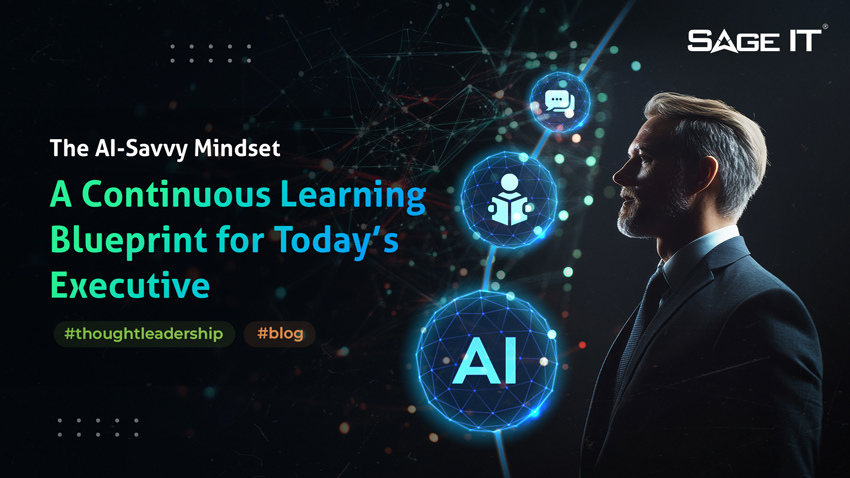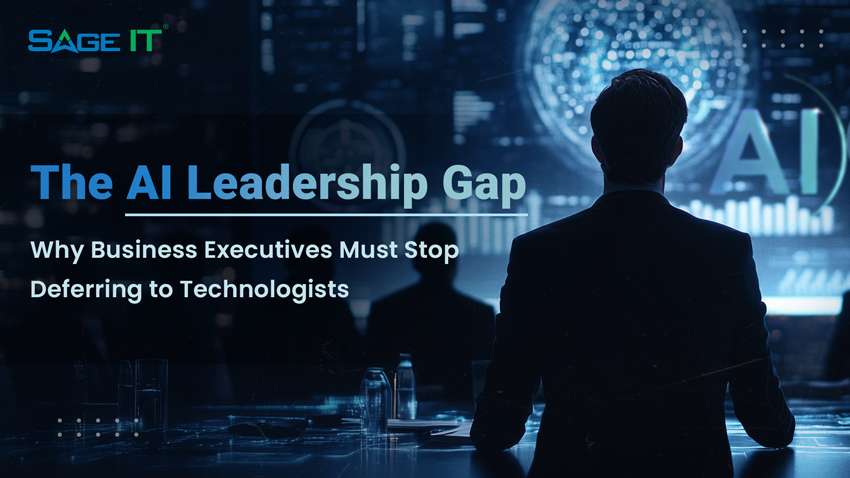“Once your C-suite acknowledges the value of events-driven processing, the next logical step is to transition your organization to programming that supports the strategy. The most promising emerging opportunity for that functionality is stream processing, which captures and analyzes all that event data into actionable insights based on up-to-the-minute information.
However, based on my experience with several stream processing implementations, preparing for the transition requires a little forethought. These four elements will help you develop your optimal stream processing future.
“Stream” refers to the constant and growing flow of data that every enterprise generates. The Internet of Things (IoT), AI and mobile technologies continue to add to that flow, and its content reflects the billions of continually occurring events as businesses and their consumers engage with each other and other elements of their respective industries.
“Stream processing” is the programming that captures, organizes, analyzes and informs the enterprise as data enters its systems, which is becoming more critical to corporate success. Stream processing provides numerous values for data management in general:
- It facilitates instant action on incoming information. Data is evaluated for relevance as it enters the processors and then is distributed across the enterprise as necessary, eliminating the waiting caused by logging, storing, retrieving and analyzing the information that sometimes happens days, weeks or months after it’s collected.
- It reduces the volume of incoming data by focusing only on that which is actually relevant. Not every data bit provides value, so eliminating irrelevant information as it enters the system also reduces the stress on the overall system.
- It offers the flexibility to make changes as needs are revealed. Stream processing decouples the data from bulky system-wide databases so it can be directed and redirected as necessary.
The capacity to act instantly on emerging and relevant data can confer significant business advantages:
- Data that reports failing equipment or faulty systems (as examples) supports the decision to stop work and make repairs before those failures impact other production elements.
- Leaders can shutter poorly producing business sectors to reduce wasting energy and other resources.
- Upticks in sales can trigger expanded production orders, ensuring adequate supplies of popular products.
The IoT devices, sensors, mobile apps and other data collectors now provide instant insights into what’s actually going on with your organization. Stream processing lets you act on that information while it’s still relevant.
An optimized stream processing system will include four foundational elements:
Event and data capture:
Not all data is relevant, so your organization needs to determine which information it needs to track its systems, processes and goals. Making matters more challenging, data emanates from a wide range of sources, so you’ll need to clarify and clean those types of information that provide the optimal form of data for your enterprise purposes.
Key determinations at this stage include:
How to organize and structure the incoming files.
Validation components to ensure the data’s accuracy and relevancy.
Flexible conversion capacities to ensure the maximum possible integration across the enterprise.
Data delivery/plumbing:
Some information is relevant in many corporate targets, and getting it delivered across the organization as instantaneously as possible maximizes its impact. Latency can reduce or even kill its value. Stream processing must be able to pluck the information from the moving data stream and relate it to warehoused data for it to deliver optimal relevance in each instance.
In anticipation of a migration to stream processing, your business must first parse out which sources of incoming data are relevant to which corporate sectors. You can then strategize an API-based architecture that will capture relevant data based on sector-specific queries, moving that information as quickly into the offices that need it most.
Data collection (data warehouses and data lakes):
Even while delivering instant information, stream processing will also feed the aggregate corporate data store. Event-driven data can trigger instant responses and, in a more global sense, also reveal insights into overarching organizational realities such as industry trends, whole-system capacities and production system actions.
If you’re a newcomer to stream processing, consider adopting parallel processing engines to process and ingest single data streams into multiple repositories, including enterprise data stores. Information triggering an instant response appears immediately on appropriate dashboards while also informing the larger database of current events affecting other corporate concerns.
Data engineering (data analytics and data science):
Immediate analysis of arriving information keeps leaders informed about minute-to-minute corporate functioning so they can react quickly to emerging challenges or arising opportunities. Longer-term analysis of steam-processed data provides context to larger data stories, revealing insights into the more granular aspects of company and industry activities.
You can access those deeper insights by organizing the data coming from the disparate sources into APIs for individual corporate departments to use as processing building blocks. Rendering source data to be both pluggable and reusable provides flexibility for its use without diminishing the quality of its information. It also offers visibility into how those sources interact with other system applications and devices.
These four foundations—appropriate capture, strategized delivery, organized collection and intelligent engineering—form the basis of the stream processing configuration, allowing organizations to use incoming data effectively: immediately, for short-term decision making and for long-term corporate strategizing.
In the short term, stream processing provides the instant information needed to support analysis and decision-making on the fly. Leaders can see on their dashboards how events are rolling out in real time before diverting corporate resources to address those events immediately.
In both the midterm and long term, stream processing feeds business intelligence and data modeling programming with the information needed to generate critical insights about the functioning of the enterprise on a larger scale. In all cases, the analytics evolving from the stream-processed enterprise will reflect the most accurate and timely picture of organizational health as well as offer guidance for reducing costs and improved focus on profitable investments.
POST WRITTEN BY
Manish Mehndiratta
Director, Digital Modernization | Principal Architect | Technology Evangelist for Sage IT Inc.











